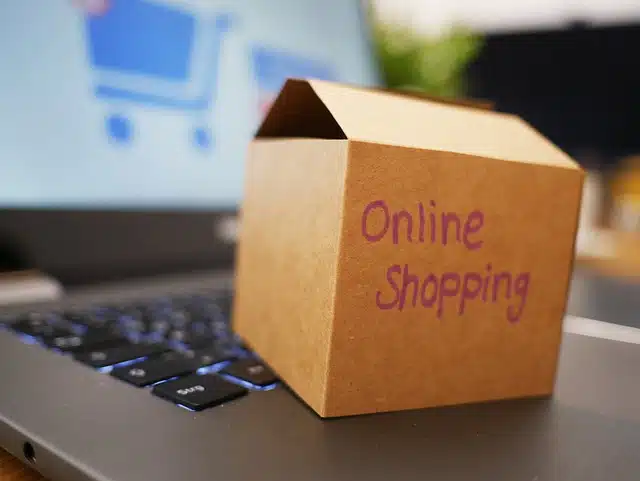The buy now, pay later trend emerged in the U.S. market in a big way in 2020 in the wake of the pandemic as a means to let strapped consumers make point-of-sale and online transactions with partial payments, while financing the balance over a short term. Since then, the U.S. market has ballooned to $116.3 billion in payments volume for 2023 and will grow 14% to $132.7 billion this year, projects a research report that emerged Friday.
What’s more, the energy behind that market will propel volume to nearly $206 billion by 2029, according to the study, “United States Buy Now Pay Later Business and Investment Opportunities Databook,” from Research and Markets, a Dublin-based firm.
The point-of-sale credit offering has attracted a wide range of major payments platforms over the years, including fintechs like Affirm Inc., Block Inc., Klarna AB, and PayPal Holdings Inc., and the two global card networks, Visa Inc. and Mastercard Inc. It has also penetrated a wide range of specialty retail and wholesale markets. In the latest development, the trend has extended to credit unions with the news last week that the processor PSCU/Co-Op Solutions has released a BNPL service for credit unions.

The trend has also lately attracted the Silicon Valley tech giants Google Inc. and Apple Inc., both of which have recently added an installment feature to their digital wallets. Apple’s entry, Apple Pay Later, debuted in March last year to considerable fanfare as the latest feature for the tech giant’s mobile-wallet service, Apple Pay. The BNPL service relies on Mastercard’s installment-payment technology.
With BNPL, consumers shopping online or in-person can opt to finance a purchase on the spot, making a small payment toward the purchase and finishing off the balance over a short period of weeks, typically at no interest. While short-term point-of-sale credit has been in the works for years, it gained momentum after the Covid-19 pandemic struck as consumers sought ways to stretch out payments not just for big-ticket items but also for mundane purchases like groceries. Later, rising inflation helped lend momentum to the trend.
As more payments firms adopt the service, purchase volume on BNPL in the U.S. market will reach nearly $206 billion by the end of the decade, with the assumption of a 9.2% average annual growth rate, the report forecasts.





